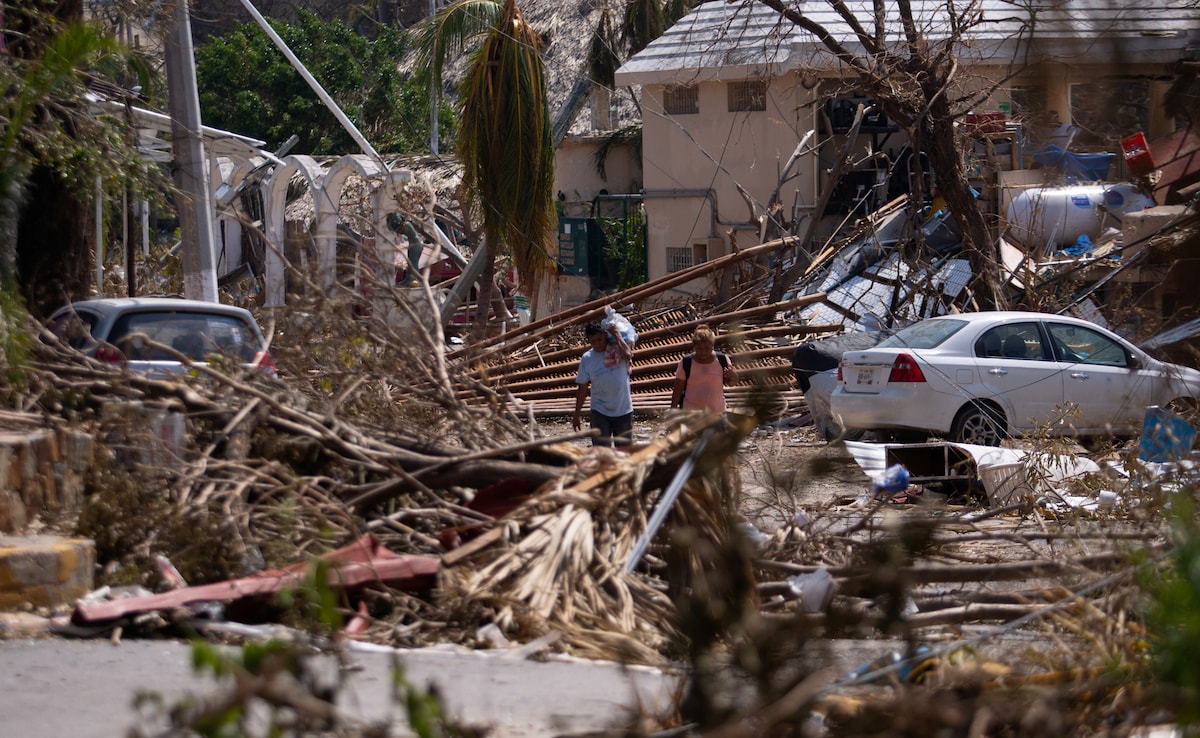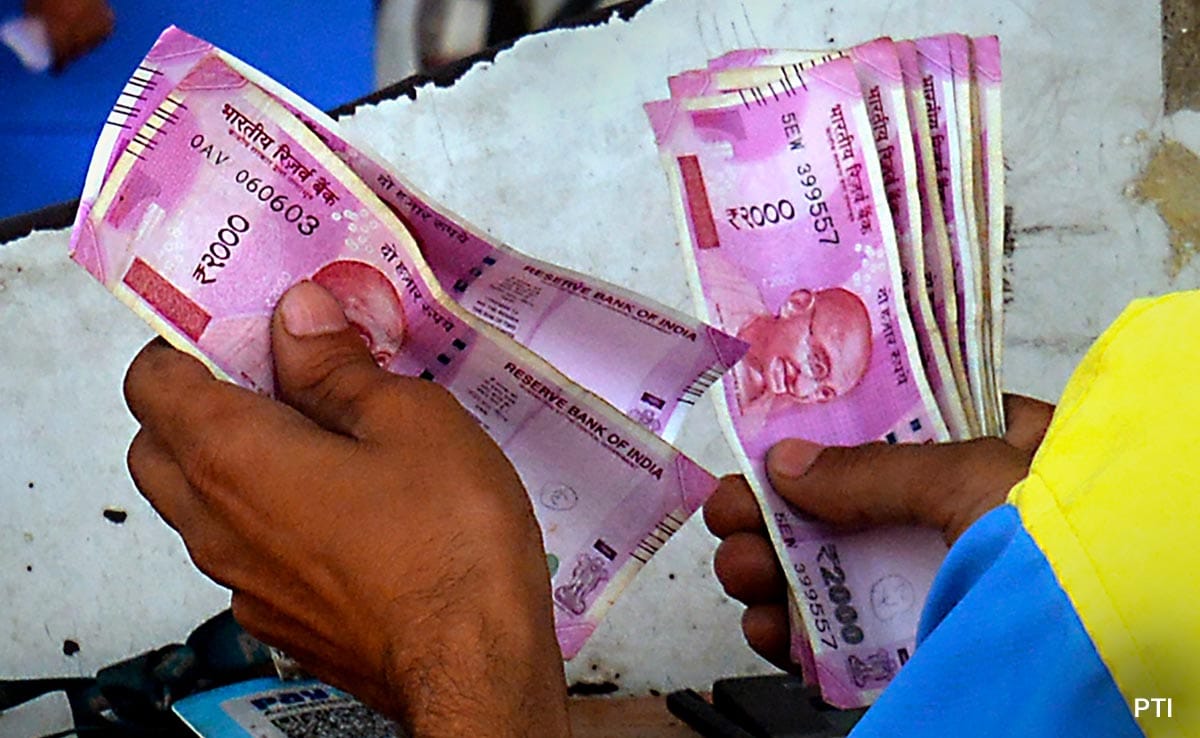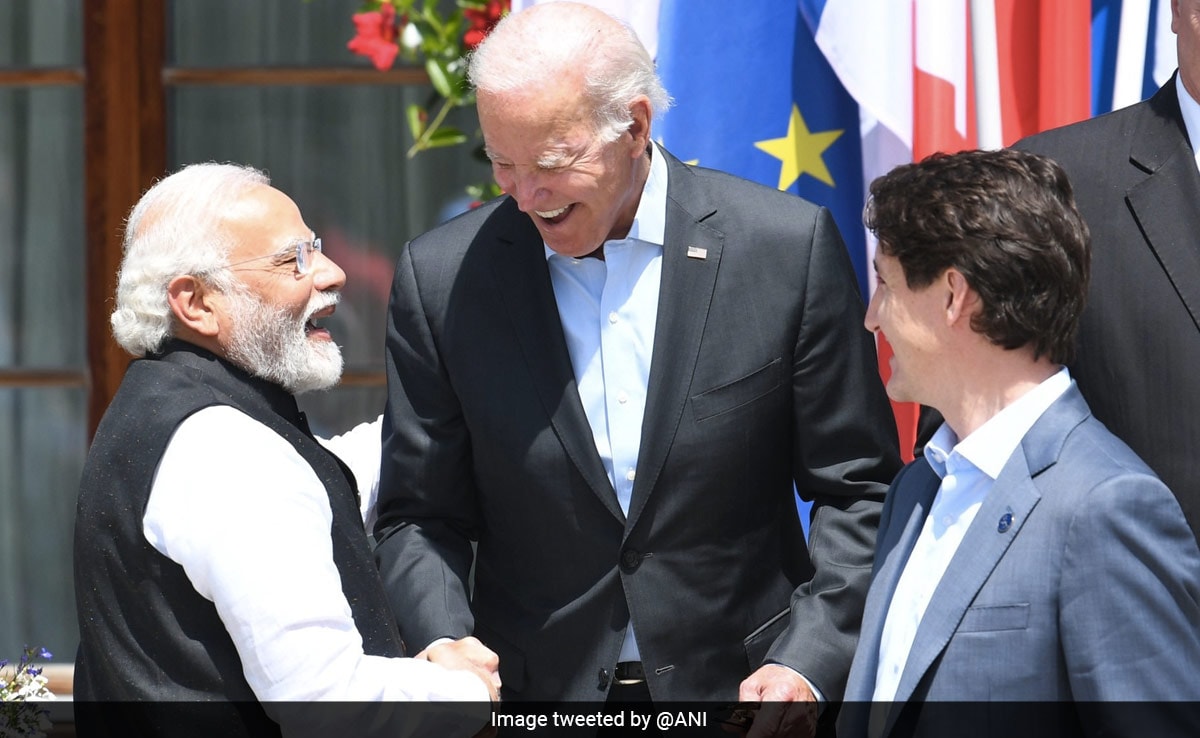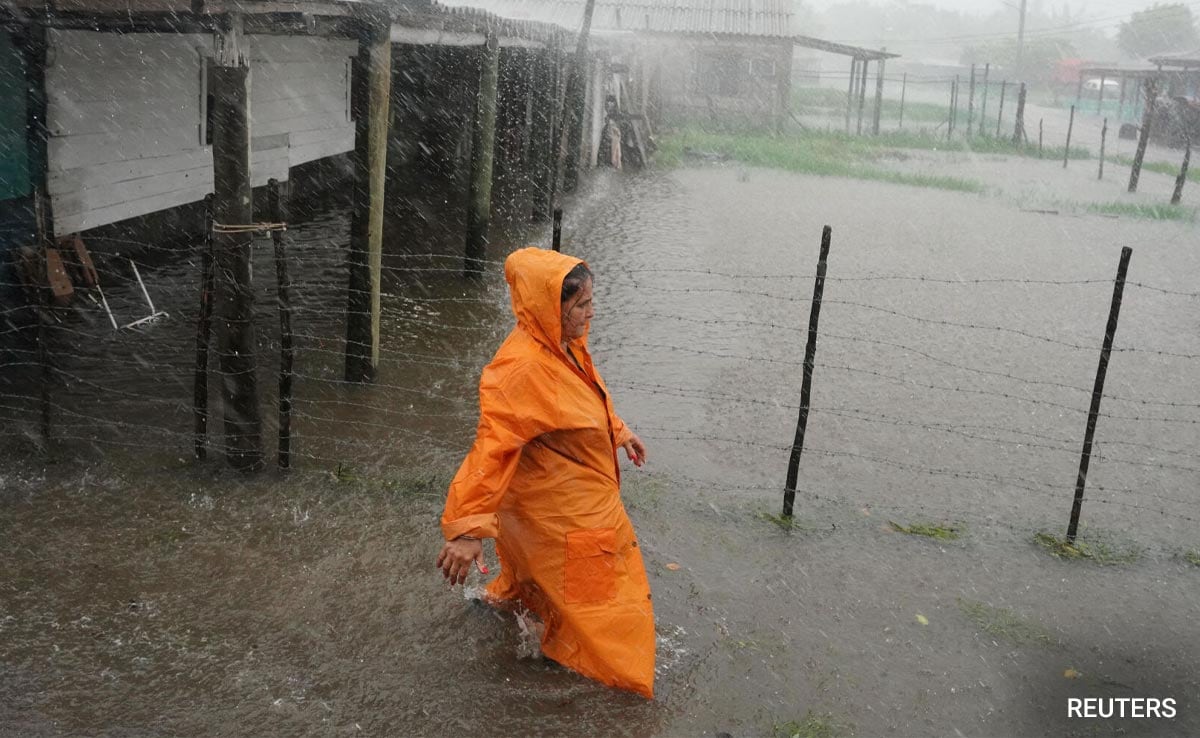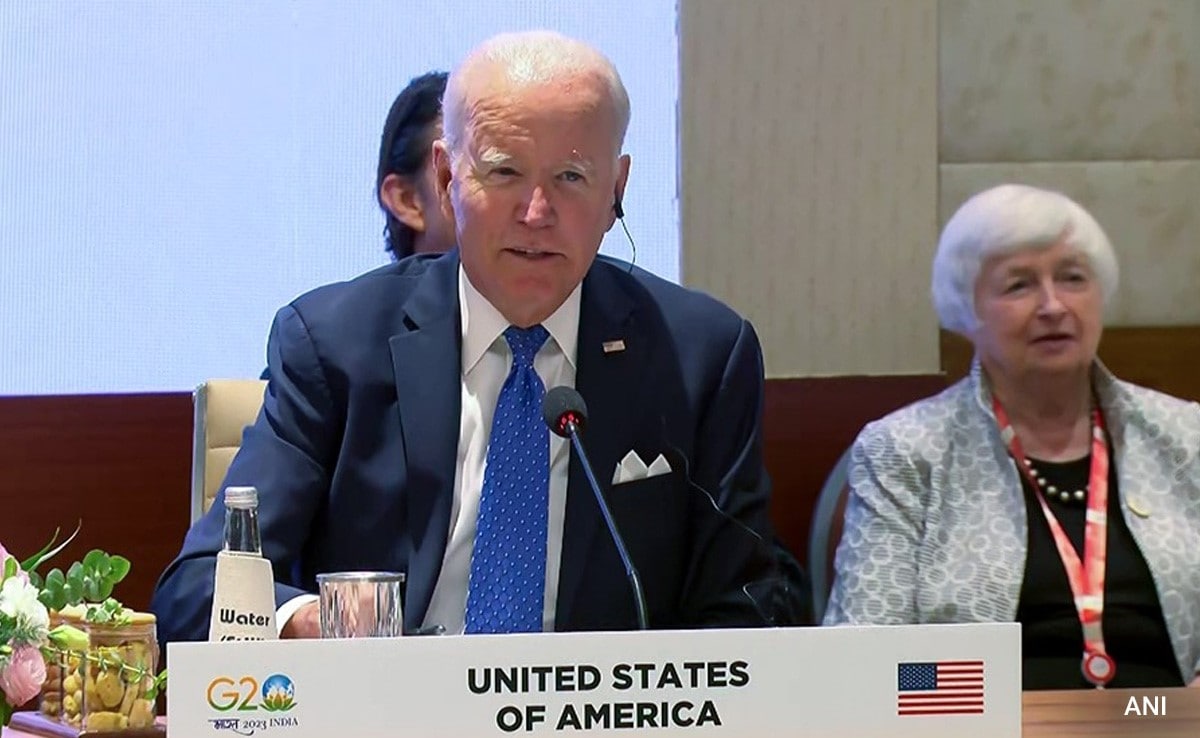Joe Biden in a statement on Friday said Amini “inspired a historic movement”
Sporadic protests continued in Iran on Sunday amid a widespread crackdown by security forces a year after a young Kurdish woman’s death in custody set off some of the worst political unrest in four decades.
The death on September 16 last year of Mahsa Amini, a 22-year-old Kurdish woman arrested by the morality police for allegedly flouting mandatory dress codes, triggered months of some of the biggest protests against the Islamic Republic’s Shi’ite clerical rule ever seen and drew international condemnation.
On Saturday, Mahsa’s father, Amjad Amini, was arrested briefly and warned against marking the anniversary of his daughter’s death, the Kurdistan Human Rights Network said, and the family was not able to hold a planned vigil at her grave.
A social media video on Sunday showed protesters in the western city of Hamadan, clapping and shouting “Death to Islamic Republic”, while another video showed protesters running away after apparent shooting by security forces. Reuters could not immediately authenticate the videos.
Following the publication of the videos, the semi-official Tasnim agency carried a video appearing to show that the streets of Hamadan were calm.
Rights groups, including the activist HRANA news agency, reported that a number of people were arrested in the Kurdish cities of Saqez and Sanandaj. State media reported detentions of dozens of “terrorists” including an individual allegedly planning a suicide attack.
Meanwhile, authorities said unidentified gunmen in southern Iran on Saturday opened fire on the Basij paramilitary volunteer militia, which has played a prominent role in the crackdown, killing one and wounding three. It was not immediately clear if the incident was linked to the current unrest.
Iran’s intelligence minister warned that Iran may take unspecified action against overseas media which Tehran accuses of fomenting violent unrest in the country.
Iran International, a London-based television station critical of the Iranian government, in February said it was moving its live broadcasting studios to the United States following threats it faced in Britain.
“(Iran) International is a terrorist network, and we will take action wherever and whenever we recognise any terrorist act,” the semi-official news agency Fars quoted the minister, Esmail Khatib, as saying.
Mahsa Amini “Inspires A Movement”
In the demonstrations that followed Mahsa Amini’s death more than 500 people, including 71 minors, were killed, hundreds injured and thousands arrested, rights groups said. Iran carried out seven executions linked to the unrest.
US President Joe Biden in a statement on Friday said Mahsa Amini “inspired a historic movement … that has impacted Iran and influenced people across the globe.” Hundreds of Mahsa Amini’s supporters rallied in front of the White House on Saturday.
Iran’s Foreign Ministry rejected as “double standards and lies” Western expressions of support for women’s rights in Iran.
In a report last month, Amnesty International said Iranian authorities “have been subjecting victims’ families to arbitrary arrest and detention, imposing cruel restrictions on peaceful gatherings at grave sites, and destroying victims’ gravestones”.
Many journalists, lawyers, activists, students, academics, artists, public figures and members of ethnic minorities accused of links with the protest wave, as well as relatives of protesters killed in the unrest, have been arrested, summoned, threatened or fired from jobs in the past few weeks, according to Iranian and Western human rights groups.
Iran blames the unrest on its Western foes and rejects criticism of its legal system, saying it is based on a lack of understanding by rights groups of its Islamic laws.
(Except for the headline, this story has not been edited by NDTV staff and is published from a syndicated feed.)
Waiting for response to load…


